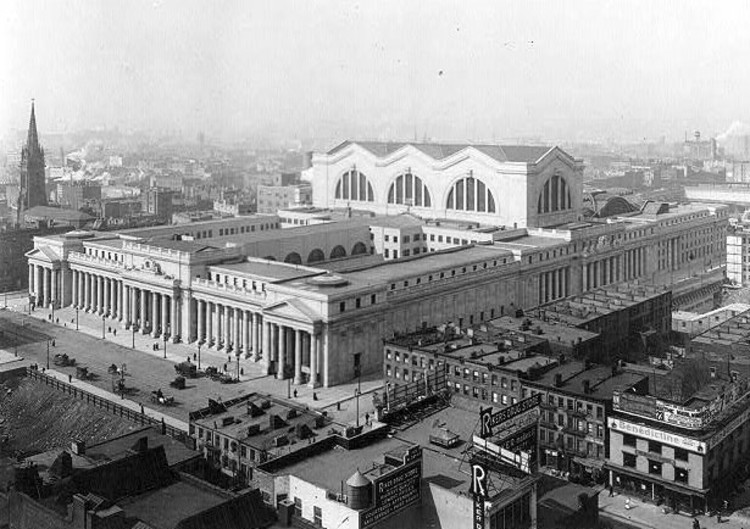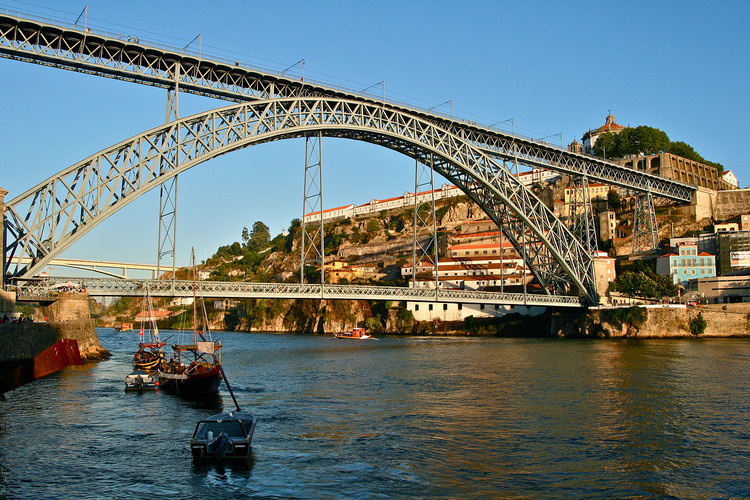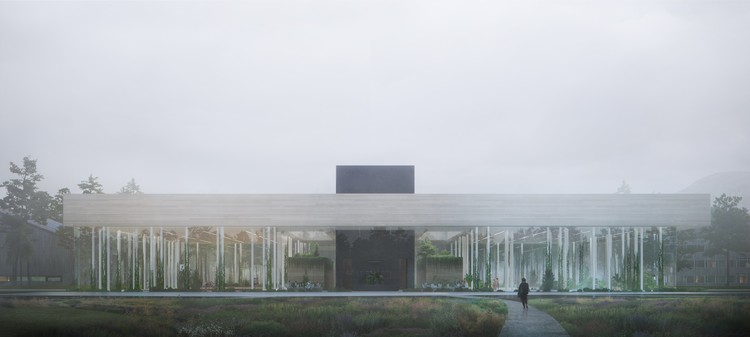
Swedish studio Urban Nouveau created a plan to save Stockholm's Gamla Lidingöbron bridge by transforming it into a linear park and housing. After launching a petition to save the bridge and re-purpose it, ArchDaily followed up with Sara Göransson, founding partner at Urban Nouveau, to ask her about her background and how the studio approaches social integration, housing and the future of urban infrastructure.
















































